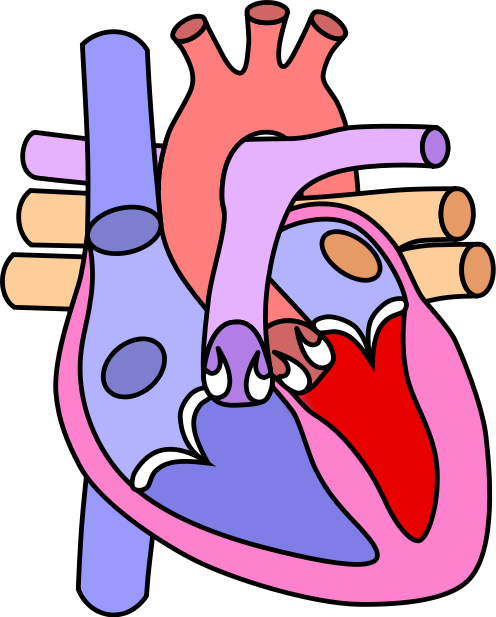Students have recently completed work on the digestive and circulatory systems of the human body. Project work included diagrams, performances, posters, creative writing and presentations.
This week we are continuing our study of natural systems and cycles by looking at the water cycle. Talk to your children about what they are learning about this system by referring to this diagram... check their understanding by listening to them explain what is happening in this process.
CA Science Standards
5.3 Water on Earth moves between the oceans and land through the processes of evaporation and condensation. As a basis for understanding this concept:
- Students know most of Earth's water is present as salt water in the oceans, which cover most of Earth's surface.
- Students know when liquid water evaporates, it turns into water vapor in the air and can reappear as a liquid when cooled or as a solid if cooled below the freezing point of water.
- Students know water vapor in the air moves from one place to another and can form fog or clouds, which are tiny droplets of water or ice, and can fall to Earth as rain, hail, sleet, or snow.
- Students know that the amount of fresh water located in rivers, lakes, under-ground sources, and glaciers is limited and that its availability can be extended by recycling and decreasing the use of water.
- Students know the origin of the water used by their local communities.














